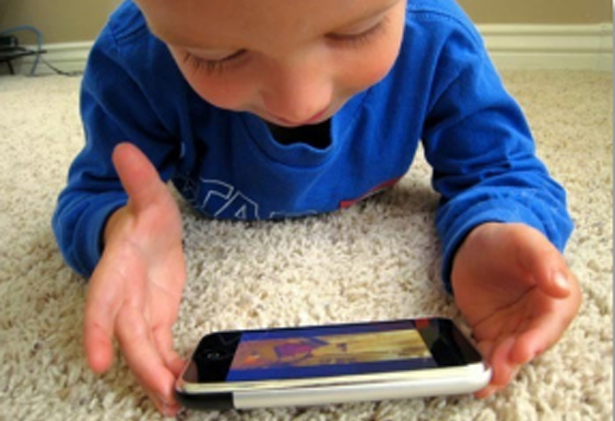Researchers Work to Squeeze More Data From Bandwidth in Mobile Devices

A team of researchers is working on technology that would allow mobile devices to send and receive more data using the same limited amount of bandwidth. The work is supported by a $1.08 million grant from the National Science Foundation (NSF).
Competition for the airwaves is fierce. Commercial and military communication services must broadcast and receive information via the finite spectrum of radio frequencies, even as more and more people are clamoring for faster download speeds for their personal devices. But while demand is increasing, the range of usable frequencies is not.
One way to get more use of the available bandwidth is through a technique called multi-input, multi-output (MIMO) communication, which uses the same radio frequency to transmit more than one stream of data simultaneously.
Under the MIMO concept, multiple transmitters can send data on the same frequency but along different spatial paths. Multiple receivers can distinguish between those streams of data based on the uniqueness of the paths that the radio waves take to the multiple receivers. If a MIMO system is using two transmitters and two receivers, it can double the amount of data being transmitted. And you can achieve greater benefits by using more transmitters and receivers.
However, implementing the MIMO concept in small, mobile devices has been problematic. That’s because the receivers can interact when they are placed too close together, making it effectively impossible for them to differentiate between the signals they are receiving from the transmitters.
Now a team of electrical engineers is working to develop a new radio receiver system that will allow small mobile devices to use MIMO technology. The system will include multiple antennas, a reconfigurable circuit, and new signal processing algorithms. The researchers are taking two approaches to solve the MIMO problem for mobile devices. First, a new reconfigurable circuit and signal processing algorithm will be developed to allow the receiver to separate multiple signals for very closely spaced and strongly interacting antennas. Second, they will explore new compact antenna designs that will minimize interaction.
The concept builds on theoretical work, also funded by NSF, showing that – if antennas are brought close together – it is possible to recover multiple signals using a circuit that can respond to changing conditions and modify the interface between the antenna and circuit accordingly. “We discovered that adapting this interface to different signal frequencies enables us to separate signals even when the antennas are very close together,” says Brian Hughes, an electrical engineering researcher at NC State whose theoretical work forms the foundation of the project.
“We hope to have a proof of concept using two receivers by fall of 2015 and three to four receivers by fall of 2017,” says Brian Floyd, an electrical engineering researcher at NC State who specializes in circuit design and is principal investigator (PI) of the NSF grant. “These approaches could allow the benefits of MIMO to be applied to systems in small devices, enhancing the download speeds for many common applications.”
Co-PIs are Brian Hughes and Jacob Adams, an electrical engineering researcher with expertise in antenna design.
- Categories:


